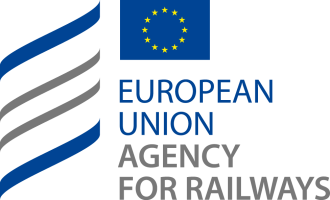GSM-R facilitates the communication between train driver and traffic control centres, by providing specific features such as group communication, location dependent addressing, priority levels, railway emergency calls, shunting communication.
From the year 2000 onwards, GSM-R has been introduced all over Europe as a common standard for railway operations essential to interoperability, as well as in many other parts of the world. Expansion of the GSM-R implementation is still ongoing.
GSM-R is the data communication bearer for the European Train Control System (ETCS), in particular for ETCS Level 2 and Level 3. GSM-R is fully defined in ETSI standards.
GSM-R networks have to coexist with other public mobile network technologies such as 3G and 4G, which may result in a risk of issues due to interferences. ERA, together with DG MOVE, DG Connect and the railway sector, is well aware and mobilised about this critical issue.
